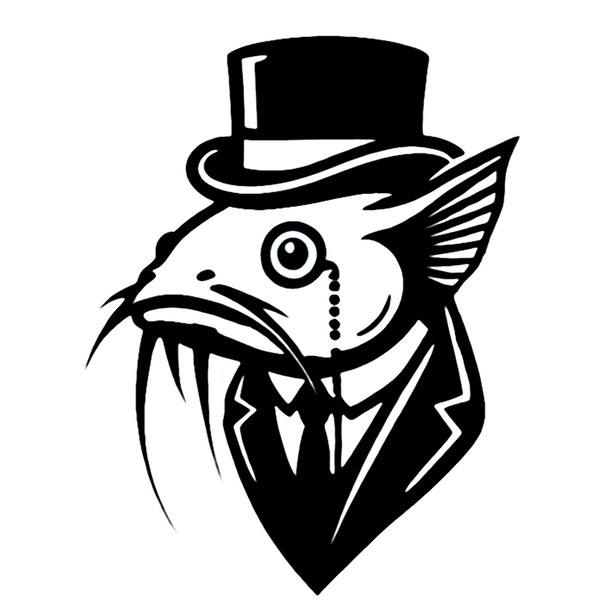Fancy Fish and Aquascapes
Red Parrot Cichlid ~
Red Parrot Cichlid ~
Couldn't load pickup availability
The Red Parrot Cichlid is a vibrant, man-made hybrid cichlid known for its bright red-orange coloration, round body shape, and distinctive beak-like mouth. First developed through selective breeding in the 1980s, this species has gained popularity for its unique appearance and engaging personality. Though not found in the wild, Red Parrots are a striking addition to medium to large freshwater aquariums.
Size: 8-10 inches
Lifespan: 10-15 years
Temperament: Semi-aggressive, territorial but social
Group/Solitary: Can be kept singly or in groups with proper space
Food: Omnivorous; cichlid pellets, flakes, live/frozen foods (bloodworms, krill, brine shrimp), vegetables
Water Requirements: 74-80°F, pH 6.5-7.5, moderately hard water
Care Instructions
Red Parrot Cichlids thrive in spacious aquariums with smooth substrate and open swimming areas, as well as caves and driftwood for hiding and territorial behavior. A tank of at least 55 gallons is recommended for a single specimen, with larger tanks needed for groups or tankmates.
These cichlids are relatively hardy but prefer stable, well-filtered water with minimal fluctuations in temperature and pH. Their unique mouth structure can make feeding a bit awkward, so choose sinking foods or those that are easy to grasp.
They enjoy a balanced diet that includes high-quality cichlid pellets, as well as occasional frozen or live treats such as bloodworms or brine shrimp. Supplementing with blanched vegetables like spinach or zucchini supports their health and coloration. Feed once or twice daily in small portions.
Red Parrots can be territorial, especially during breeding or in smaller tanks. They can coexist with similarly sized, peaceful to semi-aggressive tankmates such as Severums, Firemouth Cichlids, or Silver Dollars. Avoid housing them with very aggressive or very small fish, as they may become stressed or cause harm.
Fun Fact: Despite their beak-like mouth, Red Parrot Cichlids are able to eat just fine and are known for their expressive behavior—often swimming up to greet their owners or interact with tankmates.
